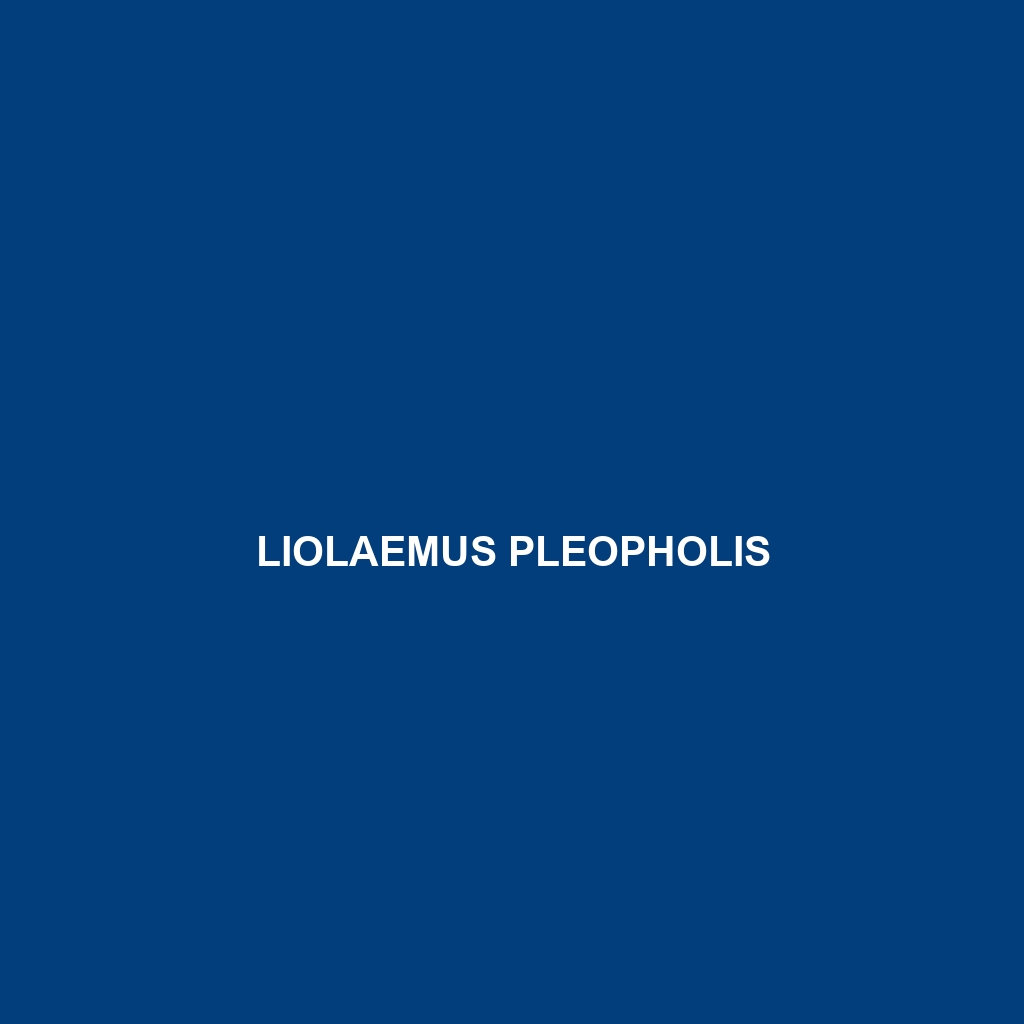Toxicocalamus cratermontanus: A Detailed Species Description Introduction Toxicocalamus cratermontanus, commonly known as the Crater Mountain snake, is a fascinating yet rarely observed reptile native to the high-altitude regions of Papua New Guinea. Belonging to the family Elapidae, which is known for its venomous snakes, the Crater Mountain snake is distinguished by its unique adaptations to […]
Tag: biodiversity in the Andes
Pholidobolus argosi
Discover the captivating Pholidobolus argosi, a vibrant lizard native to the high-altitude Andes Mountains, known for its striking coloration and exceptional climbing abilities. With a diet primarily consisting of insects and a unique reproductive strategy, this species plays a crucial role in maintaining ecological balance within its diverse rainforest habitat.
Liolaemus vulcanus
<p><b>Liolaemus vulcanus</b>, commonly found in the arid Andean foothills of Chile and Argentina, is a hardy, diurnal lizard that thrives in rocky environments. Typically measuring 7 to 10 cm in length, this insectivorous species exhibits remarkable adaptability to extreme altitudes and temperatures, playing a crucial role in its ecosystem as both a predator and prey.</p>
Liolaemus pleopholis
Introducing the Liolaemus pleopholis, a slender lizard native to the arid southern Andes of Chile and Argentina, recognized for its vibrant coloration, diurnal behavior, and insectivorous diet. This fascinating species exhibits unique adaptations such as tail autotomy and thrives in rocky, scrubby habitats, playing a crucial role in maintaining ecosystem balance.
Liolaemus montanezi
Liolaemus montanezi, commonly found in the Andes, is a diurnal lizard known for its adaptability to diverse habitats, ranging from temperate forests to alpine environments. With a diet primarily consisting of insects, this vibrant species showcases distinct coloration and unique physiological traits that enable it to thrive at high altitudes while playing a crucial role in its ecosystem.
Liolaemus incaicus
Discover the intriguing Liolaemus incaicus, a slender lizard native to the temperate forests and montane ecosystems of the Andes, characterized by its vibrant coloration and ability to adapt to rocky terrains. Known for its insectivorous diet and unique viviparous reproduction, this species plays a crucial role in maintaining ecological balance within its habitat.
Liolaemus huayra
<p><b>Liolaemus huayra</b> is a medium-sized lizard found in the temperate regions of the Southern Andes, characterized by its vibrant green and brown coloration, elongated body, and unique iridescent scales. This insectivorous species plays a crucial role in its ecosystem by controlling pest populations and exhibits fascinating behaviors, including diurnal activity and rapid camouflage.</p>
Liolaemus huacahuasicus
Discover the remarkable Liolaemus huacahuasicus, a high-altitude lizard from the Andes, known for its striking earthy coloration, agility in rocky terrains, and adaptability to cold climates. This insectivorous species plays a crucial ecological role by controlling insect populations and contributing to nutrient cycling in its habitat.
Liolaemus attenboroughi
Discover the fascinating Liolaemus attenboroughi, a vibrant lizard native to the temperate forests and high-altitude grasslands of the Southern Andes, featuring striking yellow and green markings for excellent camouflage. This insectivorous species plays a vital role in its ecosystem by controlling pest populations and is currently listed as vulnerable due to habitat destruction.
Liolaemus andinus
Discover the Liolaemus andinus, or Andean Liolaemus, a unique high-altitude lizard found in the Andes Mountains, known for its distinctive coloration, territorial behavior, and diet primarily consisting of insects. This species adapts well to extreme climate conditions and plays a crucial role in maintaining ecological balance within its alpine habitat.









